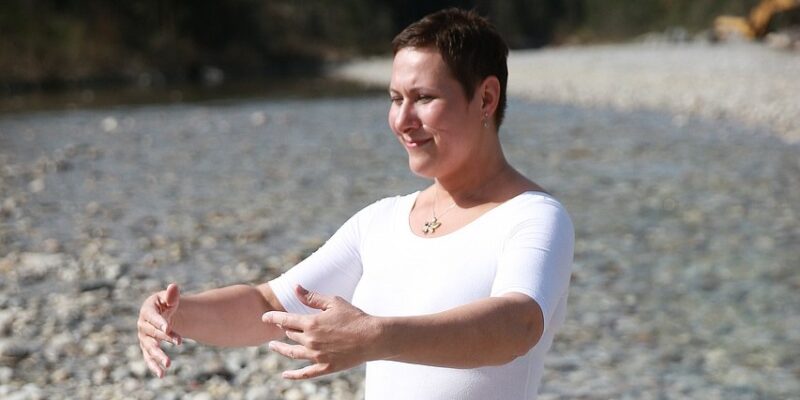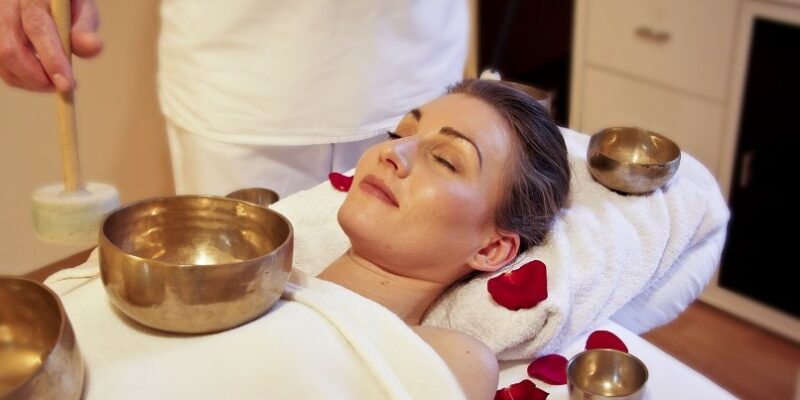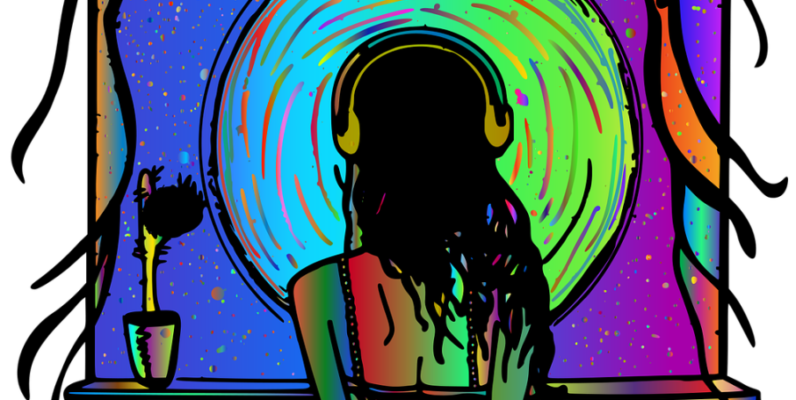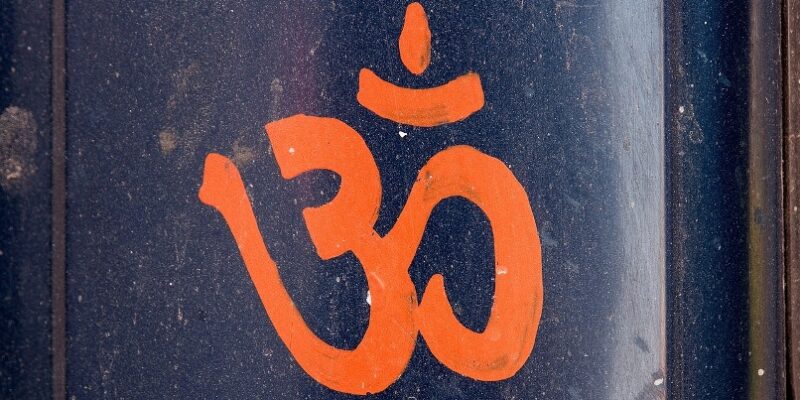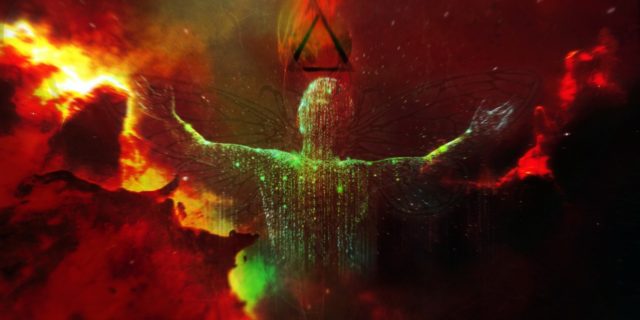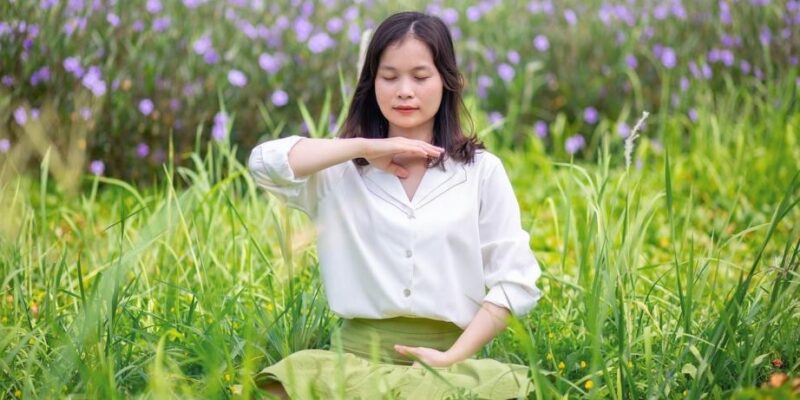
Imagery and imagination as applied in (guided) therapeutics, such as in Breathwork therapy and other Mind-Body therapies, may consist of visually descriptive or figurative language, mental visualizations of objects, bodily functions and processes, and/or images and symbols.
Breathwork modalities that use imagery techniques are often enhanced by additional evocative music, spontaneously created art work, and/or by certain smells (burning incense, for instance), among other stimulating techniques that are thought to have a transformative effect on the participant i.e. breather.

As it is, the evoked mental images are generally applied to induce physiological and psychological changes, promote natural healing processes, control symptoms of physical and emotional trauma, and/or provide insight and self-awareness.
Imagery and visualization can be used to decrease stress, anxiety, depression, fears, tension, pains, or heart rate, to stimulate the immune system, to gain a deeper understanding of a past or present experience, to induce relaxation, or to bring about emotional release i.e. Catharsis.
For instance, in breathing exercises imagery may be used to accompany one’s breath pattern as follows: “I inhale calm and peace” and “I exhale stress, anxiety, and tension.”
Another example: one actually visualizes the trajectory of Life Energy Channels in one’s body and while inhaling imagines that Prana Vital Force is breathed in and flows through the visualized channels and clears physical, emotional, and/or mental blockages.
The way Tibetan Tummo Breathing is carried out is also an excellent illustration: one accompanies the breathing exercise by visualizing fanning an inner flame in the abdominal region just below the navel, which then creates a big fire and intense heat, to subsequently rise up along the spine while finally spreading across the body.







